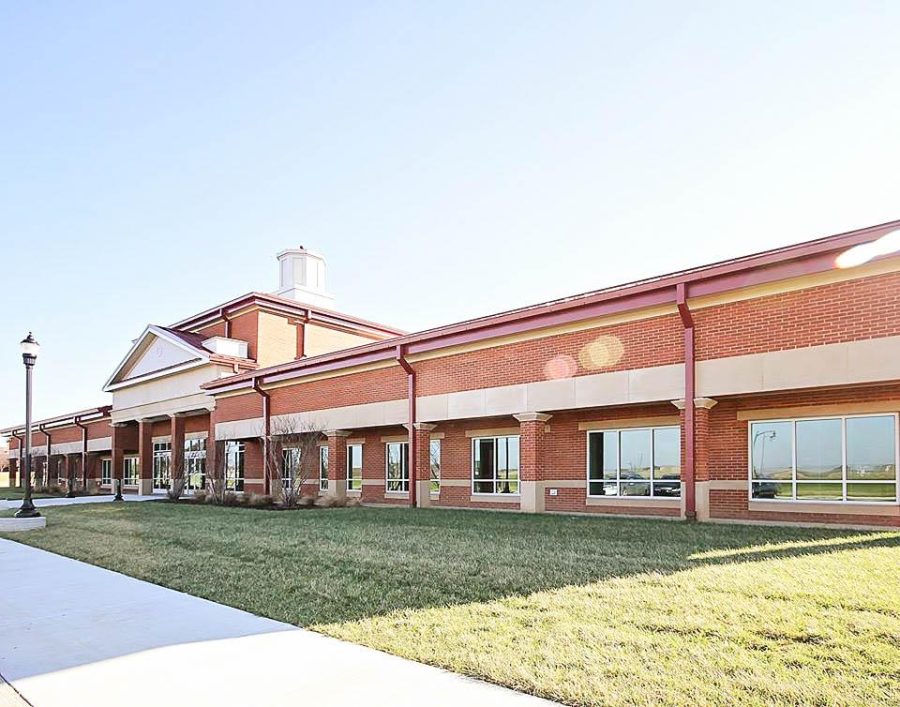Story by Michelle Hawks, Contributing writer
Breathitt Veterinary Center (BVC) will officially open its new 53,000 square foot building in Hopkinsville, Kentucky, Feb. 27.
According to its website, the mission of BVC is “to provide rapid, accurate diagnostic data that enables veterinarians to make appropriate treatment decisions.”
Debbie Reed, director of BVC, said the new facility will help fulfill that mission.
“It’s a vast upgrade from our current facility,” Reed said.
She said the $34 million project, which broke ground in the Fall 2014, would not have been possible without the help and interest of local farmers and organizations.
Among the upgrades in the new facility is a Biosafety Level 3 area, where she said they will be able to work on diagnosing diseases that are considered foreign animal diseases.
Reed said the new facility will be providing the same services they always have, including a broad range of testing.
“We have a great staff that works really hard and gets the testing done so that we can make sure animals are healthy—both food animals and companion animals,” Reed said.
She said although every state has at least one diagnostics center, BVC is unique in the fact that it is not associated with a college of veterinary medicine or with the state Department of Agriculture. Instead, it is part of the Hutson School of Agriculture.
Though the center is not located on or near campus, Kelsey Lewis, senior pre-veterinary medicine major from Haubstadt, Indiana, said the BVC plays a huge role in the last semester of the Veterinary Technology program.
She said the last semester, which is often referred to as Breathitt, involves lectures and classes run by some of the doctors at BVC, as well as some labs that are held at the center.
“We are very lucky in our program to have the opportunity to learn from such amazing, well-educated and experienced people and to get the great hands-on experience this program allows us,” Lewis said.
Reed said this hands-on experience will be valuable to the students once they enter the workforce.
For right now, she said students in the program and those coming into the program can expect for everything to stay the same as they begin to use the new facility. Currently, students are doing work at Carman Pavilion.
“The biggest impact this will have on students is having a better facility to do observations in,” Reed said. “We will also have some updated audio-visual capabilities, but it remains to be seen how far we push those.”



























































































